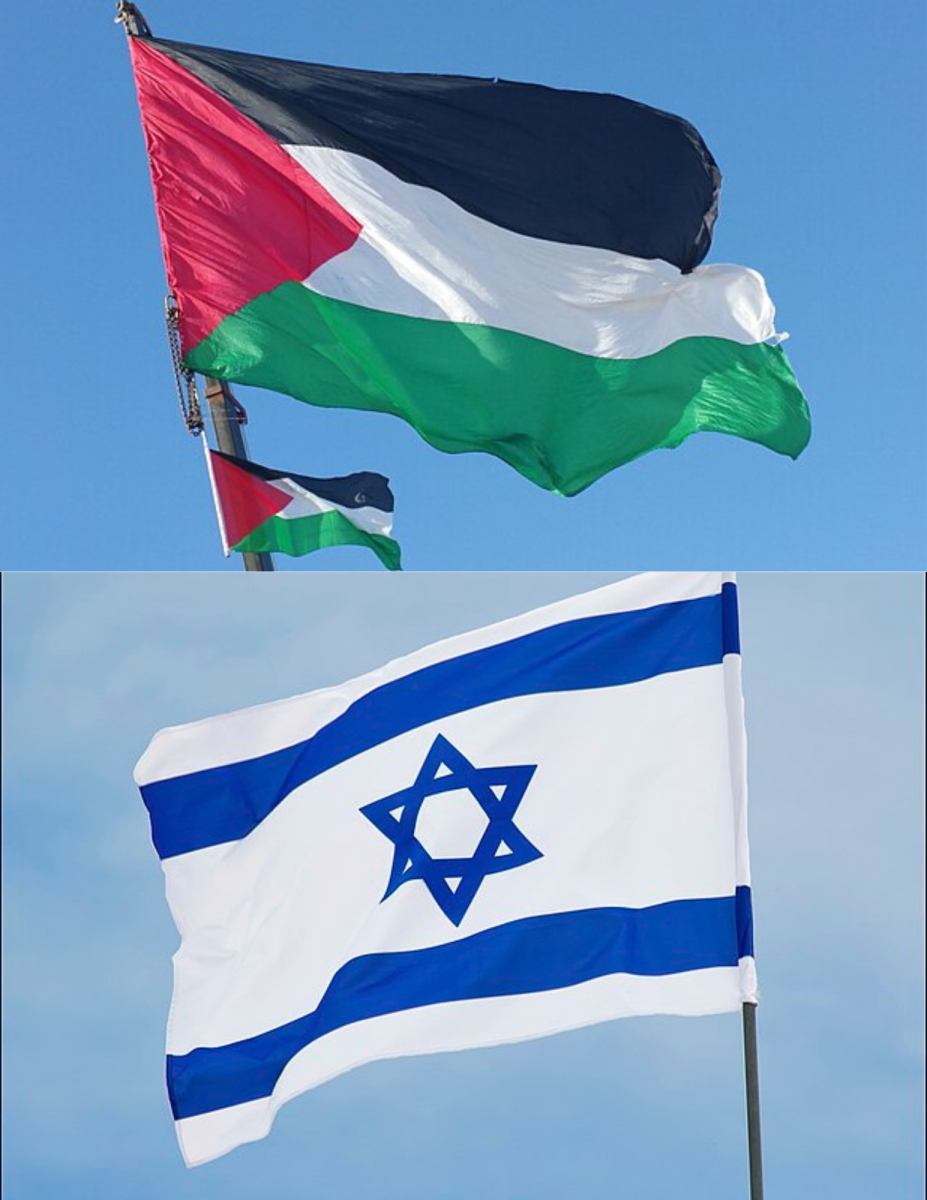As unrest and violence ravages our Eastern neighbors, many people in the Western world remain ignorant of the history behind this conflict and the factors that led to its inception. Yet it is crucial to understand the history of this enduring conflict to fully grasp why we are seeing such extreme displays of violence and unrest today. In the early 1900s, Palestine was among many former Ottoman territories to be placed under UK administration by the League of Nations in 1922. All of the nations eventually would become independent states except for Palestine, who, in addition to being kept under British administration, was mandated by the British Balfour Declaration to accept a large influx of Jewish immigrants. The declaration conveyed endorsement for the creation of Palestine as a national homeland for Jewish people. Importantly, while it was required within the League of Nations agreements that the UK administration take into account the wishes of the Palestinian people when issuing such a mandate, they did not. In fact, five years before receiving the mandate, the British government had given commitments to the Zionist Organization regarding the establishment of a Jewish national home in Palestine.
The need for a ‘national home’ for the Jewish people arose from the deeply antisemitic climate throughout all of Europe during the time, much of which still persists in our Western world today. Beginning in 1922 and accelerating during the Nazi persecutions of the 1930s, Jewish immigrants began to flee to Palestine in substantial quantities. Palestinian demands for independence had previously been prominent under UK administration, but came to a head as immigration into the country increased. The indigenous Palestinian people viewed this mandate as an infringement on their natural rights. This ultimately culminated in a series of rebellions between 1936-1939, in which Palestinians took arms against both their British rulers and the Jewish peoples. Following these revolts, the UK submitted what they coined as “the Palestine problem” to the United Nations, unofficially releasing their hold on the country. The United Nations attempted to impose a two-state solution, in which both Palestine and what would come to be called Israel would be two independent states. However this solution was met with mounting resistance from both Palestinians and Jewish people, and ultimately failed to bring peace to the region. Ultimately, the state of Israel that exists today came about after a series of successive territorial wars by Israel, until its territorial control expanded to occupy almost all of Palestine. In the 1967 war, Israel occupied the Gaza Strip and West Bank, but later annexed the territory. Throughout both of these periods of expansion it is estimated that about half of the original Palestinian population either fled or were expelled from the land. This historical context is vital to understanding the current situation happening in Gaza today.
As established, the Israel-Palestine conflict is not new. After almost a century of discord, the Israel-Hamas war can be viewed simply as a continuation of these previous struggles. In 2021 the Israel-Hamas crisis gained new ground following the evictions of Palestinians from East Jerusalem and clashes at al-Aqsa Mosque. These developments sparked renewed conflict between Israel and Hamas, which resulted in the deaths of at least ten Israelis and over two hundred people in Gaza. This conflict was temporarily mediated by the Biden administration, following a truce and the restoration of some U.S aid to Palestinians. However, on October 7th 2023, Hamas launched an airstrike on Israel that prompted an explosion of violence that has persisted into the following months. The attack killed at least 250 people, and injured 1,500 others. Hamas leader Mohammed Deif explained that the attack was a result of Israel’s long-standing blockade of Gaza, its occupation of Palestinian lands, and its alleged crimes against Muslims. Following the attack, Israel’s Prime Minister Netanyahu announced that Israel was at war with Hamas. The ensuing months saw a dramatic increase in violence, with 10,000 people dead as of November 8th. The United Nations Security Council proposed a humanitarian pause to the conflict in Gaza on October 17th, with the goal being to allow full, rapid, safe and unhindered access into Gaza for UN agencies and partners. 12 members of the UNSC voted in favor, and three representatives declined to vote (Russia, United Kingdom, United States). As the conflict continues, Palestinians have begun to run out of places to seek refuge. This prompted the U.N Secretary General António Guterres to invoke a rarely used power of his office: Article 99. Article 99 is a diplomatic tool that allows the head of the UN to raise to the Security Council’s attention any issues that may aggravate existing threats to the maintenance of international peace and security. Guterres pleaded with the Security Council to “avert a humanitarian catastrophe” as he reiterated his appeal for a cease fire. The United Arab Emirates drafted a brief resolution that would act on the letter from Gueterres and is aiming to vote on the resolution December 8th. The resolution would need at least nine votes in favor and no vetoes by the five permanent members – the United States, Russia, China, France, or Britain. This is an unlikely occurrence, as the Deputy US Ambassador to the UN stated that the US does not support any further action by the Security Council at this time. The US and other Israel allies assert that a ceasefire would only benefit Hamas, and would instead like to focus on protecting civilians and encouraging the release of Hamas hostages.
In conclusion, the Israel-Palestine conflict is certainly not a black-and-white struggle. With its countless moving parts and constant updates, it can be difficult for one to form their own opinion on the topic. However, regardless of one’s stance on the issue, it can be agreed that people with the resources to do so have an obligation to contribute to aid efforts for the war torn country. With thousands of civilians injured and without aid, you have the opportunity to contribute to relief efforts thousands of miles away. ANERA, American Near East Refugee Aid, is an American based organization with no political or religious affiliation. They are currently working on the ground in and around Gaza to mobilize immediate emergency relief. Doctors Without Borders has also worked to donate supplies to hospitals and health facilities in Gaza to respond to medical needs. Currently, they are operating on the Southern border of Gaza while continuing to operate several medical facilities on the West bank. Small, monthly donations of even 5-10 dollars is enough to make a considerable difference in the lives of Palestinian and Israeli people.







